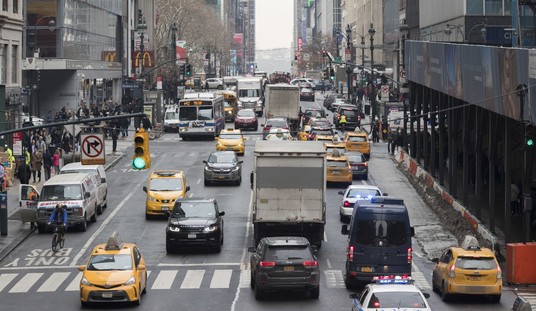Illinois is one of the states that’s currently reopening in “phases” after the pandemic lockdowns. On Friday, the next phase kicks in and most restaurants will be allowed to reopen for indoor dining, but only at 25% capacity. While that no doubt sounds like good news to both diners and unemployed restaurant wait staff, not all of the owners are excited about it. Some of them in Chicago are telling CBS News that they aren’t going to open up this week under the new rules. If they do, their return to “the new normal” would most likely bankrupt them.
Some restaurant owners say they won’t reopen next Friday when limited indoor seating is allowed because 25% capacity will sink their businesses.
The restaurants that have the ability to host people outside and inside are in a much better position. Not everyone can, and those that do aren’t doing well.
“Our industry has taken a huge hit,” said Tony Priolo, chef and partner at Maillard Tavern in River West.
He calls it less of an opportunity to cash in and more of a way to help his 14 employees make ends meet.
I’ve spoken to a few managers of diners and restaurants that we’ve traditionally frequented around here and most of them tell a similar story. When they were doing curbside pickup service only, they were mostly doing it to make sure people in the community remembered them and to keep at least a few of their workers employed. But they weren’t making any money by doing that and some of them eventually gave up and closed anyway.
Opening up at 25% capacity to enforce social distancing isn’t going to be much better for a lot of them. The business is typically designed to run at a minimum of two-thirds capacity or they can’t turn a profit. Many dishes are cooked in bulk and can’t be served again the next day as “leftovers” so food waste goes up. Keeping all of their wait staff on hand when traffic is really slow also drains money. Then there are the typical costs of keeping the lights on, the stoves hot, the cleaning supplies restocked and all the rest of the usual overhead costs. Those don’t really go down just because there are fewer diners in the facility.
Add all of that up and then consider the fact that the food and beverage industry is one of the most competitive markets out there. They tend to run on fairly narrow profit margins in the best of times because customers have no problem with the idea of voting with their wallets and going elsewhere if the prices seem too steep. Expecting restaurants with no outdoor seating options to operate under these conditions is an economic suicide mission.
That’s unfortunate for both diners looking to finally get out of the house for a nice meal and employees of these eateries who really need to get their regular income stream going again. But I think it’s also just the reality we’re facing during what I certainly hope is only a transitional period. But what if it’s not? If state government mandates concerning minimum distances between tables and barstools are left in place permanently, all of these establishments will need to figure out a new business model.








Join the conversation as a VIP Member